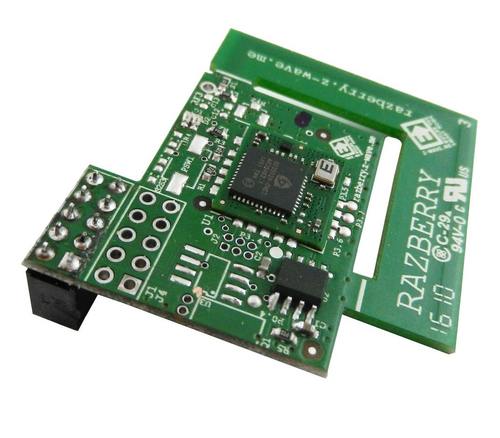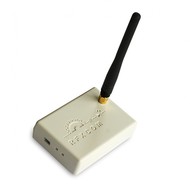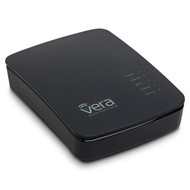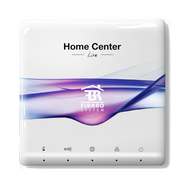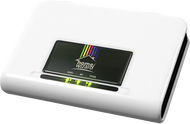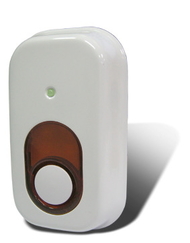- Home
- Raspberry Pi
- RaZberry 2 - Z Wave controller for the Raspberry PI
Product Description
The card is designed to site on top of the Raspberry PI GPIO connector, without blocking the USB boards. It is powered by the Raspberry PI board using 3.3V and communicates using TTL signals (RX/TX).
The RaZberry 2 uses a Sigma Designs ZM5202 Z-Wave transceiver module (a so called 5th generation Z-Wave module - with Z-Wave plus), an external 32 K SPI flash for network data and a PCBA antenna. Additionally two LEDs are used to indicate the status of the Z-Wave controller chip. Beside the PCBA antenna there is an option to solder a whip antenna and a IPEX connector.
The RaZberry 2 has an optimized antenna so that this module can now achieve a range of up to 200 meters.
Features
The RaZberry solution consists of 6 parts:
- The Raspberry PI Board and Rasperian OS - not supplied with the RazBerry!
- The RaZberry Daughter Card that connects to the GPIOs of Raspberry Pi and allows the Raspberry Pi to "talk" Z-Wave. Find more about the RaZberry hardware here.
- The Z-Wave low level firmware that runs on the transceiver. It is compatible with the original Sigma Designs firmware spec but has several enhancements and improvements. Find more about the RaZberry firmware here.
- Z-Way – the first certified Z-Wave communication stack, handles all Z-Wave network communication, has a built in Javascript automation engine and utilises a built in web server.
- The web based Z-Way Demo User Interface using the Z-Way JSON API and demonstrating all functions of Z-Way. Find our more about Z-Way here.
- Your Application - or just use Z-Way on the Raspberry Pi if you're not a coder! We sell the licences online here.
Compatibility
RaZberry is compatible with old Raspberry Pi Model B as well as with new Model B+. 2 and 3.
On the Raspberry Pi 3 you cannot use Bluetooth together with the Razberry Z-Wave module since both require a real hardware UART, but the Raspberry Pi 3 only has one UART.
Product Reviews
-
OK

Posted by mark on 11th Jul 2016
Installation was relatively smooth, and the sensors paired painlessly with the controller. My main issue is the range - I have a PIR detector and could only get it to work at about 7m from my controller through my house's brick walls. I wanted it about 30m away in my garden. There was no improvement with an intermediate node in direct line of site (I believe because only powered nodes work as a relay). So a bit disappointed really as I can't use it for it's intended purpose.
UK Automation Note - This was a review for the RazBerry 1. The new release offers a better aerial with optimised range.
 Loading... Please wait...
Loading... Please wait...
 GBP
GBP





